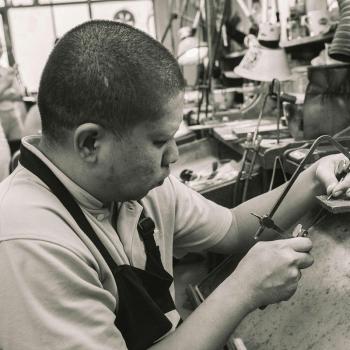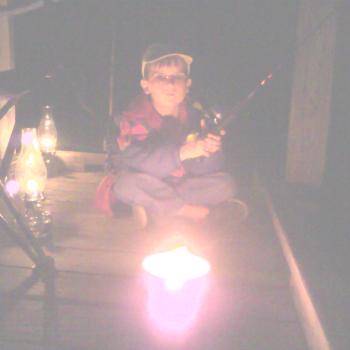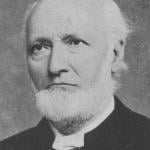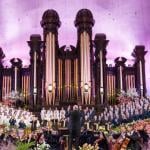Christians often claim a godless world has stolen the true meaning of Christmas. Funny—Pagans say Christians stole the true meaning of Yule.
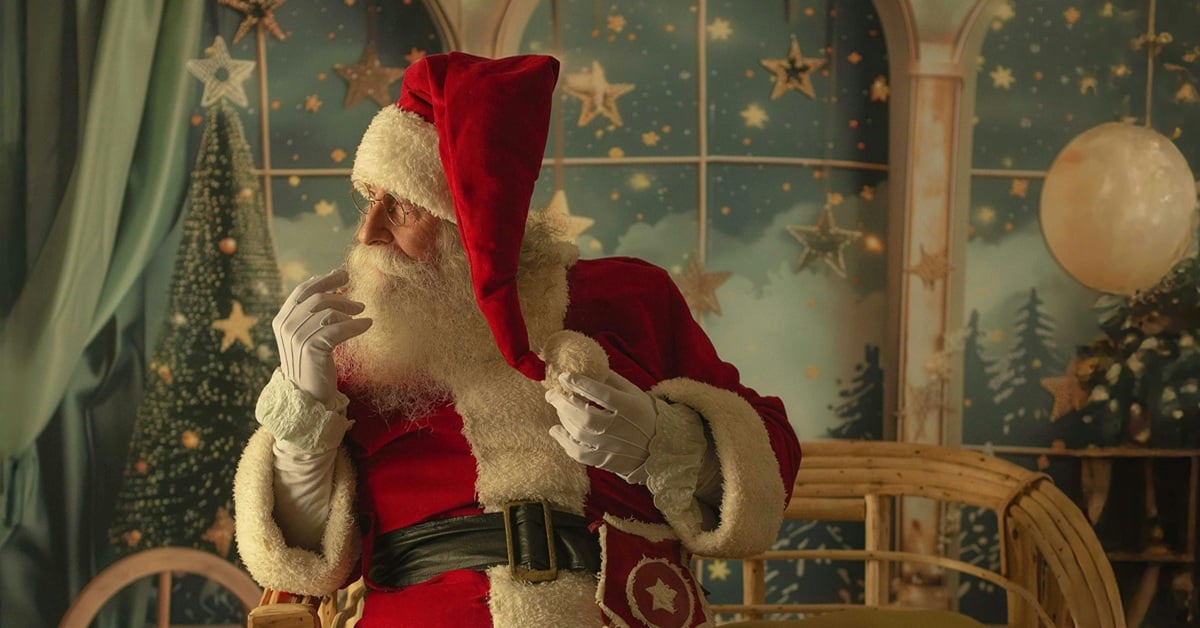
Over the past year, my series “Christian & Pagan Holidays” examined the relationship between sacred days in the first group’s liturgical calendar, and those in the second group’s wheel of the year. Some may call it appropriation—and that wouldn’t be incorrect. Others would name it stealing—and there would be some truth to that. But in this season of giving, maybe Christians and Neopagans can find some common ground and learn to share.
Jewish Appropriation
In other articles, I have written about Christianity’s history of appropriation. This religious borrowing began long before Christianity existed. Enslaved Hebrews along the Nile adopted many elements of Egyptian cult worship into their nascent Jewish tradition. Later, Jews in the Babylonian exile found themselves without a temple or an explanation for their plight. So, they borrowed elements of Babylonian religion to help them understand.
As a result of these influences, the religion of Moses looked nothing like that of Abraham. And the faith of Palestinian Jews in the first century ventured far from the religion of Moses. Jewish religious appropriation continued influencing the new Jesus cult in the first century.
Christian Appropriation
When Gentiles converted to Judaism, they adopted the customs of their new religion. Thus, early Gentile converts to Christianity proselytized to Judaism first, as a prerequisite. For example, initiates into the Jesus cult accepted circumcision and a kosher diet as part of the deal along with baptism.
As the Way of Jesus grew, Gentile converts became so prominent that a divide arose between the Jewish and Greek-speaking believers. As part of the rift, the “from-here” Jewish Christians began to neglect the “come-here” Gentile widows in the daily distribution of food and other assistance.
The split grew when Gentile converts to Christianity began to balk at the necessity for circumcision and dietary restrictions. Finally, the Jerusalem Council allowed Gentile converts to become Christians without adopting Judaism to become followers of the Messiah. So, while early Jesus followers encouraged appropriation, they did not necessarily require it.
Evangelism and Appropriation
Roman emperors persecuted Christians for the first couple of centuries, but Constantine turned the cult of Jesus into a state religion. As such, it enjoyed not only protected, but privileged, status. The Great Commission, intended by Jesus to be a way for believers to spread their enthusiasm, became instead a tool of empire. Missionaries became emissaries and ambassadors. Evangelism, once the spread of good news, became horrible tidings for conquered people who were forced to convert to Christianity or die.
As the empire moved deeper into Europe, the Roman church had to figure out how to win the conquered people’s hearts. Church leaders understood it was a big ask to expect entire occupied civilizations to wholeheartedly embrace a new religion. At best, they might give lip service to the crucified God, while continuing to worship Pagan deities at home. In fact, this is what happened.
So, to win the hearts of Heathen believers, the Church appropriated many indigenous customs and beliefs of the pre-Christian lands it defeated. Creative hagiographers replaced the old gods with similar saints. The Church converted Pagan festivals to Christian holidays. The best known of these is the connection between Christmas, Saturnalia, and Yule.
Saturnalia Celebrations
Pre-Christian Rome celebrated Saturnalia from December 17 to 23. Revelers decked the halls with greenery. They indulged in feasts and parties and exchanged gifts. They wore bright colors and played games. The Church knew that converts from Saturn’s religion would never give up such a lively celebration. So, instead of telling novices that they had to give up all this fun, they simply baptized Saturnalia and made it Christian.
Too Cool for Yule
Similarly, when the Church expanded into Celtic lands, it encountered the celebration of Yule. As the winter solstice marked the shortest day and longest night of the year, it represented the gradual return of sunlight. Thinking it was too cool for Yule, the Church decided to replace the holiday with the Christ Mass, marking it as the day that the Light of the World came to Earth. The Church became so successful at appropriating Yule that today, many use the two words synonymously, without knowing that they are in fact two separate holidays.
Northern European Traditions
In “Christmas Before Christ: Yule and Other Northern European Traditions,” Fortress of Lugh explains the origins of many practices we associate with Christmas. These ancient Pagan folkways remain alive today, only in Christian form. Here are just a few:
- The Anglo-Saxon greeting “wes hál,” a wish for “good health” became the origin of the drink wassail, and the tradition of wassailing.
- Slavic “Father Frost” / Lithuanian “Old Man Cold” – In addition to Saint Nicholas of Myra, these pagan figures became prototypes of the modern Santa Claus.
- Celts were not the only northern Europeans to burn a special log at the winter solstice. Perhaps the Yule log is simply the most well-known.
- Christmas caroling, in tandem with wassailing, may stem from the Samhain practice of going door to door asking for treats.
Christians Banning Christmas
These days, many ultra-conservative Christians want to “put Christ back in Christmas” by cutting out Christmas trees, Santa Claus, and other traditions that aren’t connected to Jesus directly. These fundamentalists aren’t the first to ban Christmas. In 1641, English Parliament banned Christmas because of its connection with Roman Catholicism and Paganism. In 1659, the Massachusetts Bay Colony followed suit.
Like their Puritan ancestors, modern purists who want to strip the celebration of anything not connected to the Christ Child are facing an uphill battle. The truth is, after all this time, these Pagan traditions are just as much a part of Christmas as angels and shepherds. And if Zoroastrian magi were welcome at the manger, then Pagan traditions can share a place at the Christmas table.
Baby Jesus and the Bath Water
In my article, “Christians & Pagan Holidays: Groundhogs, Candlemas & Imbolc,” I discuss the tragedy of Christians abandoning good holidays, simply because of their Pagan origins:
“I have known numerous Christians who refuse to put up Christmas trees or color eggs at Christmas because of their Pagan origins. This is a tragic practice of throwing out the baby with the bath water. It’s far better for Christians to ask, “What can I learn from the Pagan roots of the holidays we love?” There’s nothing evil about these other religions. We might just find something of value if we take the time to listen.”
The Two Are Inseparable
We are too far down the rabbit hole of syncretism to turn back now. Church members may complain about the Pagan origins of Christian holidays, but the two are inseparable. Neopagans may find fault with Christians co-opting their celebrations, but the truth is Neo paganismis a reconstruction of ancient rituals and beliefs that will forever remain obscured by centuries of ecclesiastical oppression.
Just as Christianity cannot exist without its pre-Christian context, Neopaganism emerged from a Christian social milieu. The two are inseparable, like eggnog and candy canes. Christians are not too cool for Yule. We can have our fruitcake and eat it too.





